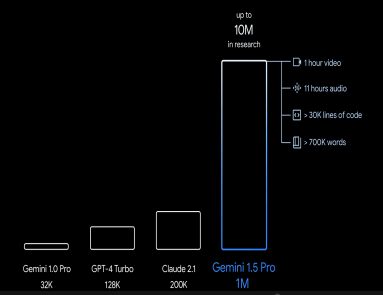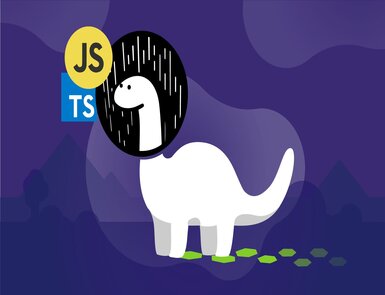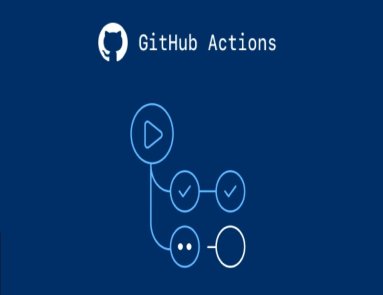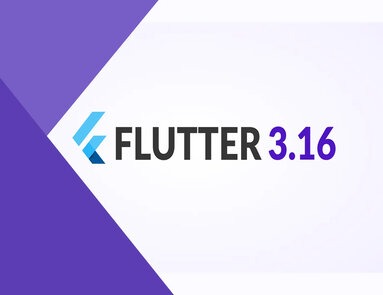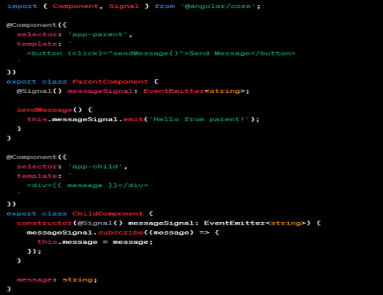It’s a modern world full of real-time web applications whether we talk about online games or messengers. Well, most modern applications have Node.js under the hood offering a scalable JavaScript environment.
A Node.js framework features built-in resources including routing, templating, and database connectivity. Whether you’re using an MVC, Full-Stack MVC, or REST API, all the Node.js frameworks promote efficient and productive development.
So, it’s finally a question, how to choose the right Node.js framework in 2023? You asked for it and here we brought a complete guide to help you make the right decision. Before you pick a framework, let’s start with exploring the best options you have online.
6 Best Options in NodeJS Frameworks to Choose From
Express.js
When it comes to choosing a Node.js framework, Express.js might be the top preference of most users. That’s because of its popularity, MVC architecture, and supreme capabilities of client-server interaction.
Thanks to its simple code structure, Express.js offers a great user experience making it the perfect choice for small and medium-sized web app development. Also, it becomes an ideal choice if your project demands routing, middleware, and templating support.
Nest.js
Nest.js is trailing Express.js as one of the most efficient Node.js frameworks in the industry. Especially if you’re looking to build complex yet efficient server-side applications, Nest.js got the drill. The credit goes to its support for object-oriented programming (OOP) and reactive programming.
As it supports TypeScript and JavaScript, you can easily integrate Nest.js with Express.js and build multi-layered applications.
Koa.js
Developed by Express.js developers, Koa.js is a masterpiece framework with lighter interface and cascading middleware. What it does?… The cascading middleware allows you to personalize your webpage content for different users without compromising the user experience.
Additionally, you get access to various plugins and libraries of Express.js with lower complexity. It means Koa.js can be a pick for you if you are more into customizations and maintainability.
Feathers.js
Feathers.js is another excellent option for Node.js frameworks, particularly if you’re aiming to build real-time applications. With its focus on simplicity and flexibility, Feathers.js enables you to create scalable and efficient server-side applications effortlessly.
It also offers support for various databases, making it a versatile choice for handling different types of projects. If you prioritize real-time functionalities, Feathers.js might be the ideal fit for your needs.
Hapi.js
Hapi.js is a robust and extensible Node.js framework designed for building APIs. With a strong emphasis on configuration over code, Hapi.js makes it easier to develop well-organized and maintainable applications.
It excels in providing security features and allows you to control request handling, making it suitable for large-scale projects with specific security requirements. Hapi.js is also a great option for teams that value code consistency and readability.
Sails.js
For developers seeking a full-featured and opinionated framework, Sails.js is worth considering. It follows the convention-over-configuration principle, which means you spend less time configuring and more time coding.
Sails.js offers an integrated ORM (Object-Relational Mapping) and supports real-time updates, making it a solid choice for building data-intensive applications like chat applications or social networks. If you prefer rapid development with batteries included, Sails.js could be your framework of choice.
Top 5 Tips to Choose the Right NodeJS Framework:
Project Requirements
When embarking on the journey of choosing a NodeJS framework, your project’s unique requirements should be the guiding light. Each application comes with its own set of challenges and goals, and understanding them is paramount.
Whether you need real-time capabilities, robust data processing, or server-side rendering, tailoring your choice to match these needs ensures a harmonious development process and a successful end product. By thoroughly analyzing your project’s necessities, you can avoid the pitfalls of selecting an ill-fitting framework, saving time, effort, and resources.
Easy to Learn and Use
Simplicity and accessibility are virtues in the world of software development, and when it comes to choosing a NodeJS framework, ease of learning and usage become decisive factors. An intuitive framework with clear documentation, comprehensive tutorials, and a supportive community fosters a welcoming environment for developers of all levels of expertise.
Learning curves can be reduced significantly, and teams can quickly adapt and become productive with a framework that offers well-designed interfaces and conventions. Smooth onboarding processes and streamlined workflows empower developers to focus on actual problem-solving rather than wrestling with complex setups and configurations.
Scalability
In the realm of modern web applications, scalability is the bedrock of sustainable success. When selecting a NodeJS framework, it is essential to consider its ability to scale effortlessly. A framework that can handle increased user loads and growing data volumes without sacrificing performance is an invaluable asset.
Horizontal scaling, the ability to distribute the application across multiple servers, and efficient utilization of multi-core processors are crucial characteristics of a scalable framework. By choosing a framework that can grow with your application’s demands, you ensure a seamless user experience, better resource management, and future-proofing your project.
Versions Upgrade
The landscape of NodeJS development is ever-evolving, with new versions constantly being released, each bringing improvements, security fixes, and exciting features. When evaluating NodeJS frameworks, it is imperative to consider how well-maintained and updated they are to keep pace with the latest NodeJS releases.
Additionally, it minimizes the risk of compatibility issues and security vulnerabilities. Being on the cutting edge of the NodeJS ecosystem translates to a more future-proof and efficient application, giving you a competitive advantage.
Community Support
The value of a strong and engaged community cannot be overstated when selecting a NodeJS framework. A vibrant community signifies the framework’s reliability, popularity, and potential for long-term viability.
When you encounter challenges or have questions during the development process, a robust community can provide invaluable assistance, shared knowledge, and innovative solutions. Community support often comes in the form of online forums, chat groups, documentation contributions, and open-source collaborations.
Conclusion:
In conclusion, choosing the right Node.js framework for your project is a crucial decision that can significantly impact its success. The six frameworks discussed in this guide and each have their unique strengths and applications. Consider your project’s requirements, the expertise of your team, scalability needs, updated policies, and community support while making your decision.
Remember that the “right” framework ultimately depends on the specific needs and goals of your project. Take the time to evaluate each option and, if possible, test them out in a small-scale project or a proof of concept before committing to a framework for your larger application.
Armed with the knowledge from this guide, you are now better equipped to choose the perfect Node.js framework that will drive your project to success in 2023 and beyond.
Happy coding!


